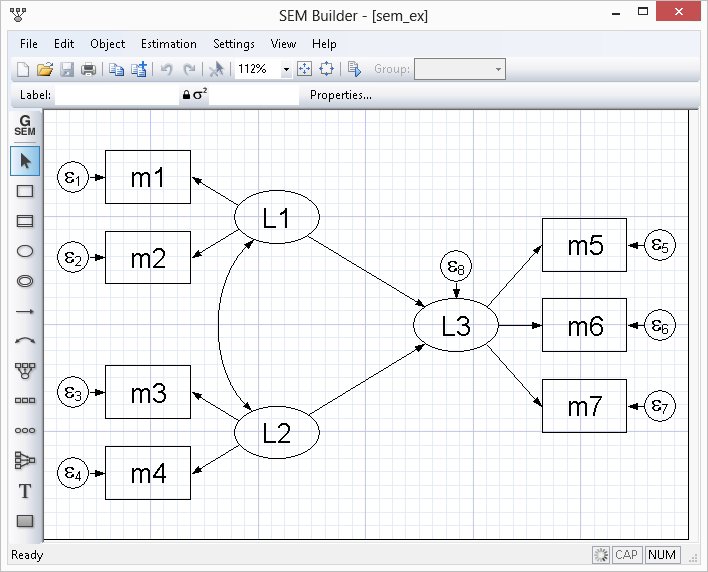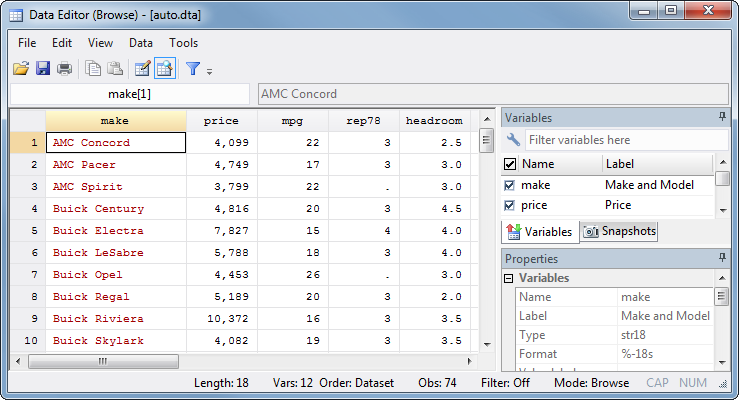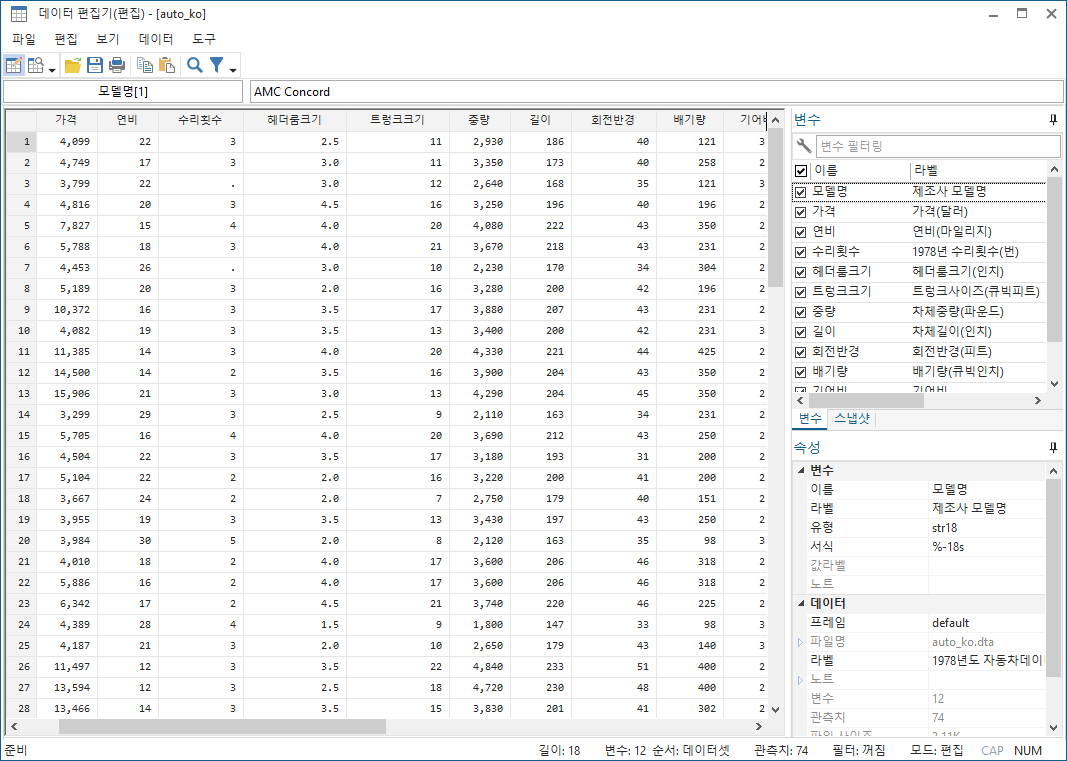

SPSS has advanced features such as random effects with solution results, robust and standard error handling, profile plots with error bars, whereas Stata discovers and understands the unobserved data groups on the basis of Latent Class Analysis (LCA) which is a feature of Stata.Ĥ.
#What is stata pdf#
SPSS enables the data to be summarized, displayed and gives production-ready analysis that can be exported to different types of document such as Excel, PDF etc., whereas Stata combines endogenous covariates, sample selection and endogenous treatment models for continuous and positive outcomes.ģ. The key features of SPSS include forecasting and decision trees on data, base edition, advanced statistics and custom tables add-on package, statistics and charting capabilities, complex sampling and testing add-on whereas Stata has different add-on packages such as latent class analysis, endogeneity, Spatial AR models, markdown, nonlinear multi-level models, finite mixture models, threshold regression etc.Ģ. We also have a simple Stata “hello world” example to get you started.1. During an interactive GUI session, you can also ask for the complete help manual, by selecting Help -> PDF Documentation in the menu or by typing help at the Stata prompt. To get help for an individual Stata command, type help command, for example help mean will provide a help page for the usage of the mean command. To execute a Stata file in a non-interactive (running in the background) mode, type: scc1% stata -b do filename Additional Help/Documentation To exit Stata type exit at the Stata prompt. Or scc1% module load stata-mp scc1% xstata-mp To invoke the multiprocessor version of Stata in either command-line or GUI mode, type: scc1% module load stata-mp scc1% stata-mp To run Stata in the interactive GUI mode on the SCC, type: scc1% module load stata scc1% xstata To run Stata in the default command-line mode on the SCC, type: scc1% module load stata scc1% stata To enable the Graphics User Interface mode, Stata should be invoked under the X Window System on X terminals or workstations. Number of observations in the dataset is limied only by available RAM.īU faculty, staff, and students can purchase an individual Stata license. Both versions allow at most 10,998 right-hand-side variables in a model.

Stata/SE allows datasets with as many as 32,767 variables while Stata/MP allows 120,000 variables. Stata/MP is the fastest version of Stata and is designed for advanced parallel processing. Both are available in either a command-line or graphical user interface (GUI) mode. There are two builds available – Stata/MP (multiprocessor version) and Stata/SE (standard version). Stata version 15 is available on the Shared Computing Cluster (SCC). Stata’s own file format is platform independent and can be easily copied from one operating system to another. A wide variety of data formats are supported, including.

Stata allows user-written commands, which can be loaded into Stata and used along with the Stata built-in commands.

It is often used in the fields of epidemiology, biomedicine, economics, and sociology. Stata is a powerful statistical package that provides data management, statistical analysis, simulations, high quality graphics, and programming tools.


 0 kommentar(er)
0 kommentar(er)
